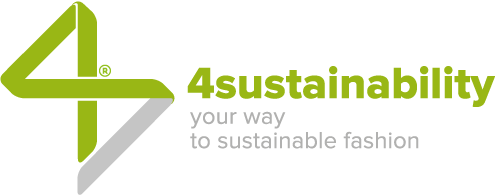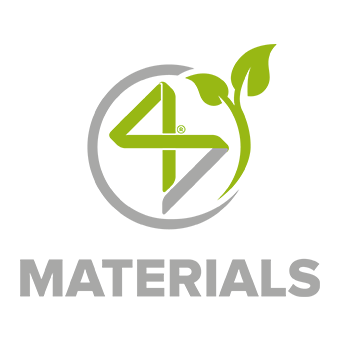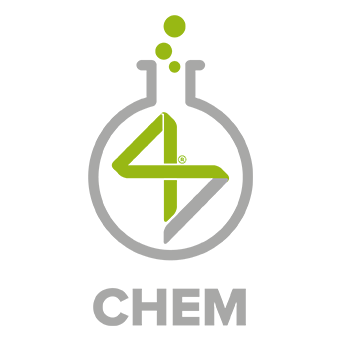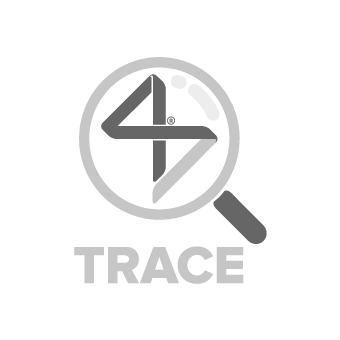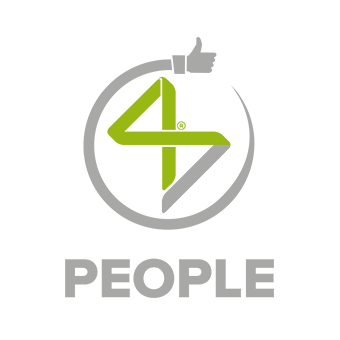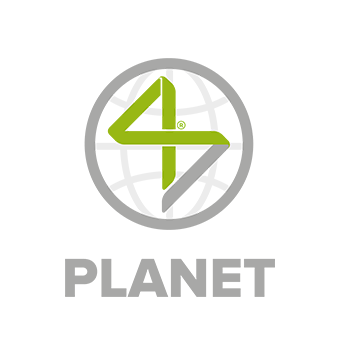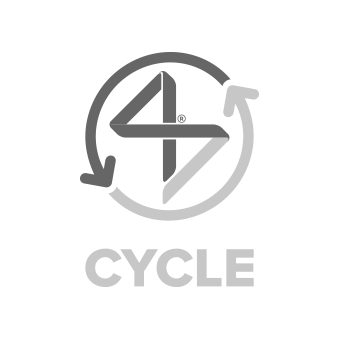
Italtex SpaID Nr. 4S-100251e-report version 3.0
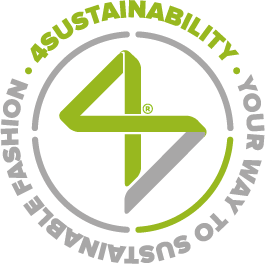
ITALTEX S.p.A. – Fabrics manufactured in Italy since 1946.
ITALTEX S.p.A. is a leading company in the segment of technical fabrics for fashion and is active in the sustainable production of regenerated nylon fabrics
from ocean fishing nets, fabric scraps, carpet flooring and industrial plastic. The company is specialized in manufacturing greige and yarn-dyed fabrics
made of natural, artificial and synthetic fibres for outerwear, clothing and accessories.
ITALTEX S.p.A. is committed to providing customers with a wide range of yarns, colours, structures and manufacturing solutions
in order to offer them the opportunity to develop a unique tailor-made collection.
Continuous research aims to innovate, expand and make this set of “ingredients” as versatile as possible to boost creativity and innovation.
www.italtex.it
4SUSTAINABILITY® COMMITMENT
Growth and sustainability are the factors for which we want to stand out, founding our strategy on the belief that ethical approach should characterize our business model. We firmly believe there cannot be a long-term economic development without a social and environmental development.
Inspired to and aligned with the Sustainable Development Goals set by the United Nations in the 2030 Agenda (SDGs), we’re committed to contributing to the generation of global positive change, assuming a clear environmental and social responsibility.
We do it concretely by joining the 4sustainability® roadmap, making the values and action programs it embodies our own, committing ourselves to starting a virtuous change journey in our business model, through one or more initiatives that we tell in this e-report.
this initiative contributes to the following main UN Sustainable Development Goals
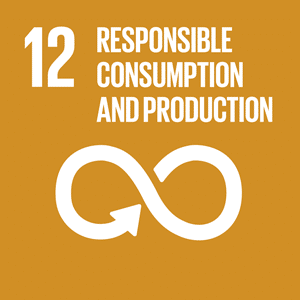
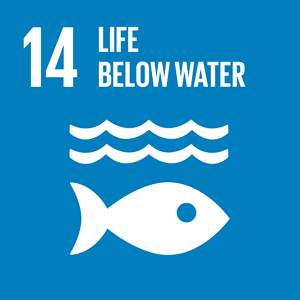
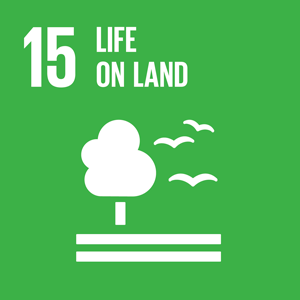
DATA REFERENCE PERIOD
from 31/08/2023 to 31/08/2024
LAST ISSUE DATE
15/11/2024
IMPLEMENTATION LEVEL
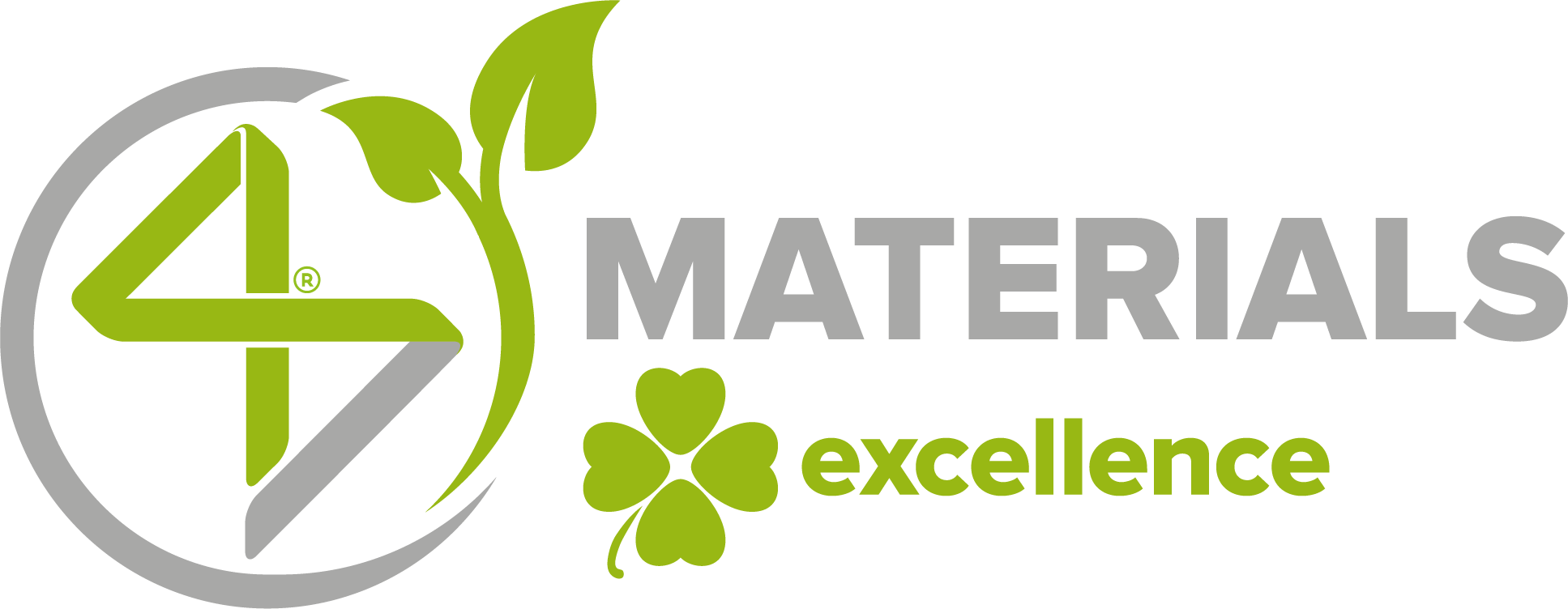
the implementation level is defined after the assurance process following the achievement of the protocol’s minimum requirements and is reviewed annually
The company has mapped and assessed the raw materials used to manufacture its products and identified more sustainable alternatives protected by patent or otherwise attested, certified or validated as set out in the 4s Materials Library. The main certifications are displayed below.
The report highlights the purchases share calculated in volume, as well as the sustainable items share sold in the current year with recognized and verified positive sustainability attributes.
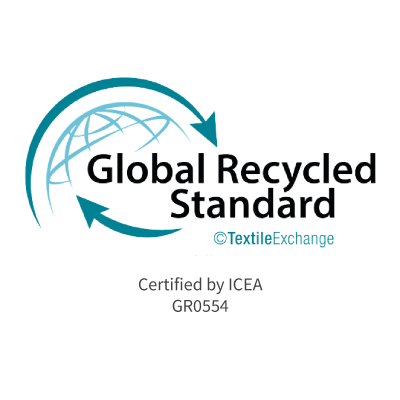

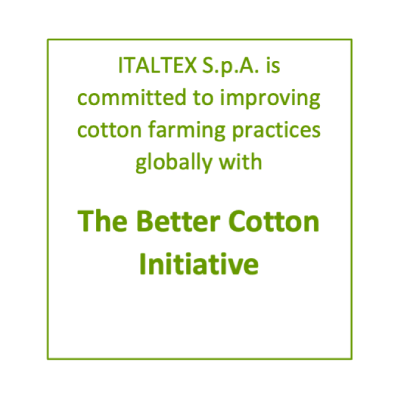
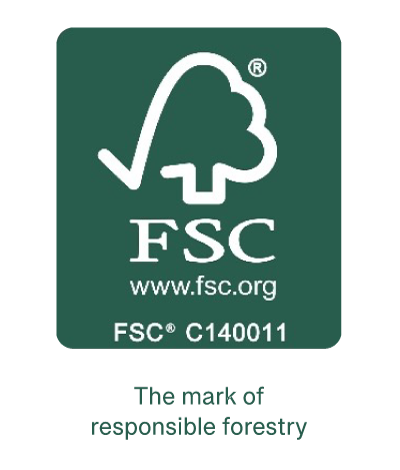
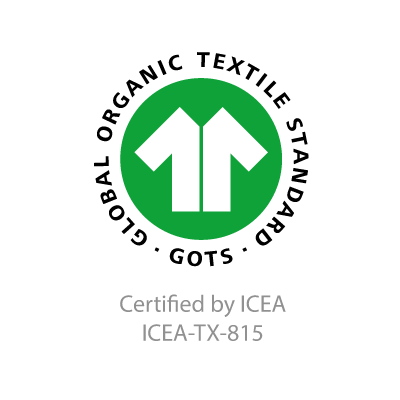
82%
percentage of preferred materials sourced
INPUT
The input percentage indicates the proportion of raw materials with recognized sustainability attributes. The calculation is performed by mapping the purchases made during the year and highlighting the share-volume of the sustainable ones based on the positive attributes as defined in the 4s Materials Library.
BREAKDOWN OF PREFERRED MATERIALS BY TYPE OF FIBRE
100%
Percentage of traceability knowledge information about raw material
KNOWLEDGE OF TRACEABILITY INFORMATION ABOUT RAW MATERIALS
The percentage represents the extent of information on raw material, including origin country, recycling method (for recycled fibers), and sector. It’s calculated by comparing the volume of raw materials with complete information to the total purchased volume.
SUSTAINABLE PACKAGING
The sustainable packaging indicates the amount of primary or secondary packaging material for which the producer employed techniques and input factors that lead to an improvement in environmental performance.
100%
percentage of incoming sustainable packaging
100%
the percentage indicates the detail of the kg or meters processed internally by the company compared to the total internal production
elimination of toxic and harmful chemicals from production cycles in line with the ZDHC Roadmap to Zero Programme
this initiative contributes to the following main UN Sustainable Development Goals
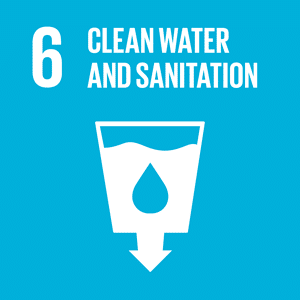
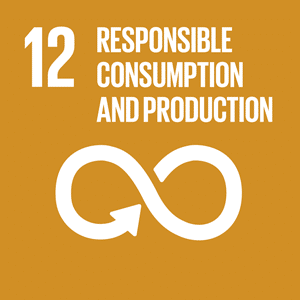

LAST REPORT ABSTRACT
download the report abstract with the main KPIs collected during the last on site assurance performed; if present, the abstract also includes the ZDHC Foundational or Progressive Level Certificate
IMPLEMENTATION LEVEL
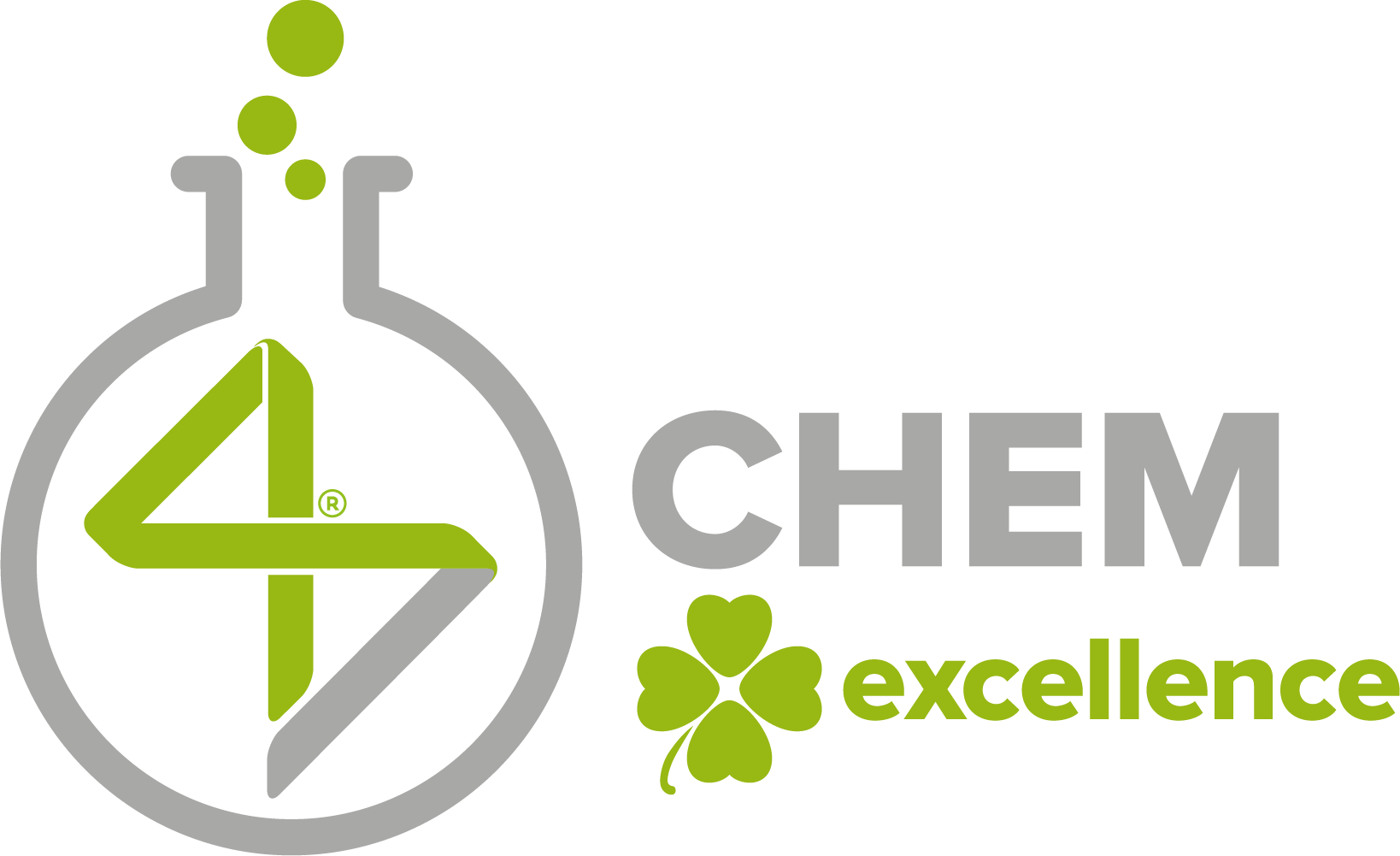
the implementation level is defined after the assurance process following the achievement of the protocol’s minimum requirements and is reviewed annually
The company has adopted the ZDHC MRSL for eliminating toxic and harmful chemicals from its processes and the 4S PRSL for raw material control. It has also implemented all the ZDHC CMS TIG requirements on internal and external processes.
CHEMICAL MANAGEMENT SYSTEM SCORE
97%
the percentage indicates the overall level reached through the implementation of 4s CHEM protocol requirements
ASSURANCE PROTOCOL
PRODUCTION VOLUMECOVERED BY MONITORED CHEMICAL INVENTORIES
100%
percentage of internal and external production volumes monitored through chemical inventory assessments
EXTERNAL CHEMICAL INVENTORY EVALUATION
WASTEWATER TESTING
ZDHC MRSL parameters following ZDHC Waste Waters Guidelines
wastewater compliance percentage; when in presence of “doesn’t meet requirements” slice, a Root Cause Analysis (RCA) has been performed and uploaded in ZDHC Gateway Waste Waters Module
PRODUCTION VOLUMECOVERED BY WASTEWATER TESTING
100%
percentage of internal and external production volumes whose wastewater has been tested following ZDHC Waste Waters Guidelines
this initiative contributes to the following main UN Sustainable Development Goals
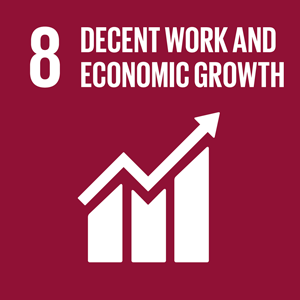

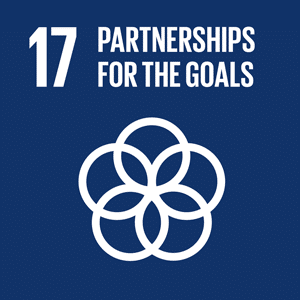
DATA REFERENCE PERIOD
from 01/07/2021 to 30/06/2022
LAST ISSUE DATE
10/10/2022
IMPLEMENTATION LEVEL
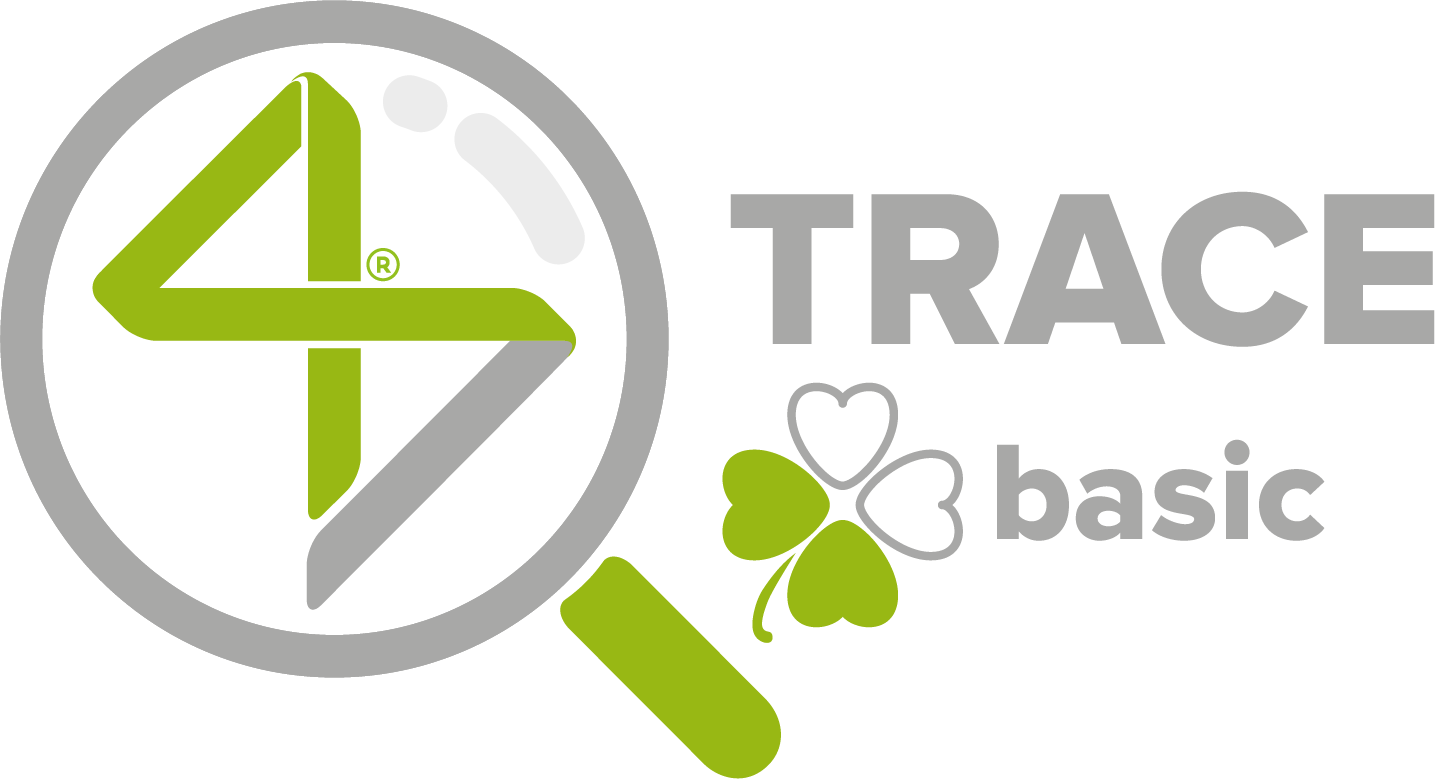
the implementation level is defined after the assurance process following the achievement of the protocol’s minimum requirements and is reviewed annually
The company has implemented a track & trace management system. If there are outsourced processes and raw materials purchases, the company has also involved its suppliers on sustainability performances data collection, implementing a rating system to push them towards continuous improvement.
ENGAGEMENTBY CATEGORY OF SUPPLIERS
SUPPLIERS INVOLVEDon chemical management issue
74%
percentage of suppliers involved in the implementation process on the total number of mapped suppliers
RAW MATERIAL SUPPLIERSASSESSED
72%
percentage of suppliers whose data have been collected
RAW MATERIAL SUPPLIERS' RATING
PROCESS SUPPLIERS' RATING
PROCESS SUPPLIERSASSESSED
100%
percentage of suppliers whose data have been collected
this initiative contributes to the following main UN Sustainable Development Goals
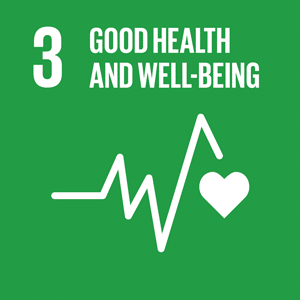
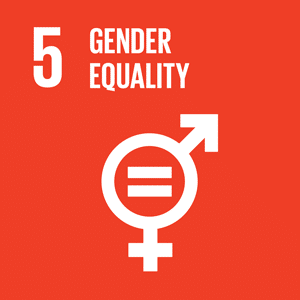
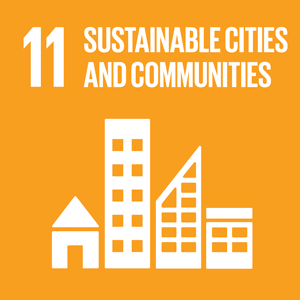
LAST REPORT ABSTRACT
download the report abstract with the main KPIs collected during the last on site assurance performed
IMPLEMENTATION LEVEL
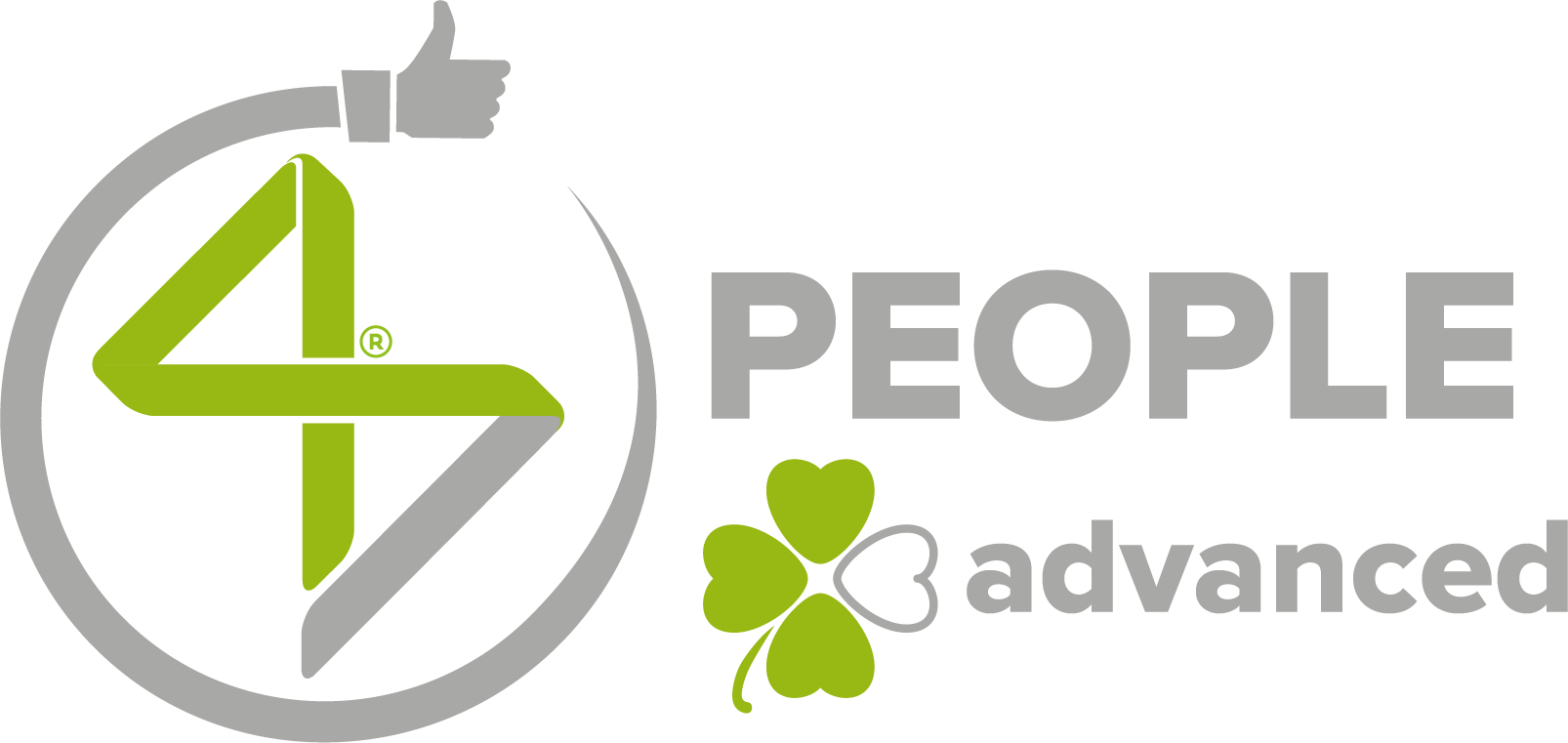
the implementation level is defined after the assurance process following the achievement of the protocol’s minimum requirements and is reviewed annually
The company has verified social compliance to improve its performances and is working on culture, organization, services and environment to grow its stakeholder wellbeing.
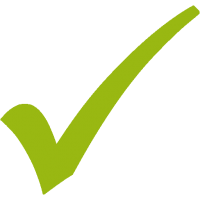
verification date
15/01/2025
SOCIAL COMPLIANCE
The company complies with the key requirements and standards for protecting workers’ health, safety and rights in the workplace.
CORPORATE CULTURE
“Corporate culture” includes the beliefs, assumptions, values and ways of interacting that contribute to the social and psychological environment of an organization and that inspire people’s actions and behaviors.
59%
percentage of the initiatives implemented on the total protocol
42%
protocol requirements application percentage based on number and type of actions performed
BUSINESS ORGANIZATION
“Business organization” includes rules and processes through which a company carries out its functions and activities – a key lever to improve employees’ work-life balance and corporate well-being.
SERVICES & BENEFITS
“Services & Benefits” include possible initiatives aimed at taking care of and supporting workers: workplace services, human services and benefits to employees.
21%
protocol requirements application percentage based on number and type of actions performed
56%
protocol requirements application percentage based on number and type of actions performed
WORK ENVIRONMENT
“Work environment” includes initiatives aimed at promoting the wellbeing of workers through an improving quality of workspaces (appropriate workstations, welcoming and well-lit offices…) and the presence of relaxation areas.
this initiative contributes to the following main UN Sustainable Development Goals
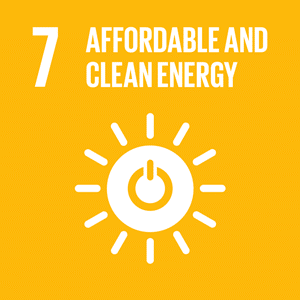
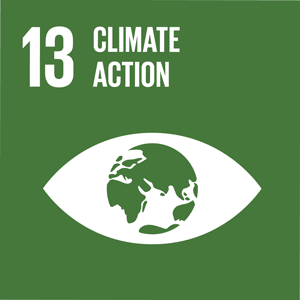

DATA REFERENCE PERIOD
from 01/01/2023 to 31/12/2023
LAST ISSUE DATE
24/10/2024
IMPLEMENTATION LEVEL
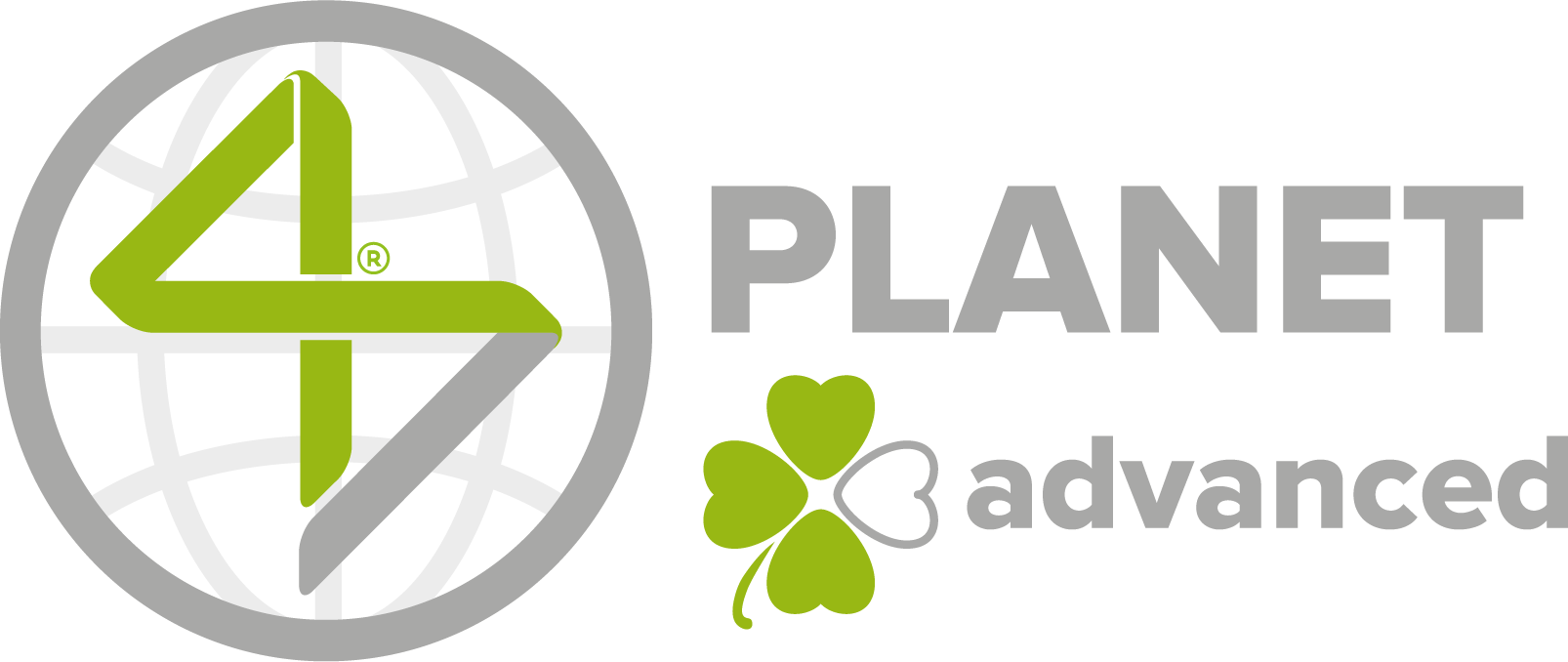
the implementation level is defined after the assurance process following the achievement of the protocol’s minimum requirements and is reviewed annually
The company has identified its main environmental impacts and implemented a calculation of its Water Footprint and/or Carbon Footprint and has started a roadmap for impact reduction on direct and indirect footprint.
MAIN ENVIRONMENTAL IMPACTS
The main company impacts are calculated starting from the direct ones. The calculation is then extended to include indirect impacts according to their order of relevance.
Consumption here on the side refers to an annual production of 1.506.727 mt.
CONSUMPTION
2.464.920,00Kwh
ELECTRIC ENERGY
236.313,14Kwh
THERMAL ENERGY
5.241.00liters
WATER VALUE
CO2eq (CARBON DIOXIDE)
667.329,45KG
total emission (e.g. energy and water consumption, waste, fuels, packaging...)
ENERGY
SOURCES
100%

OTHER
SOURCES
0%

FROM
SUPPLY CHAIN
0%

DIRECT USE
100%
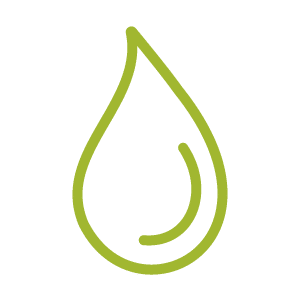
INDIRECT USE
0%

WATER
5.241.000,00L
total consumption
